Creepy Crawlies & Flying Wonders: Incredible Cave Creatures

Cave Temple Myanmar
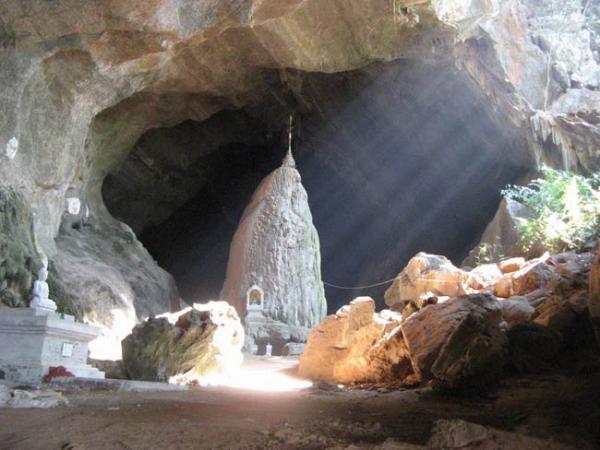
The entrance to Saddan Cave, a temple cave in Myanmar.
The caves of Southeast Asia are among the largest and most spectacular in the world. From Laos to Myanmar to Vietnam, the caves entice explorers with their promise of adventure — and plenty of surprises in the darkness.
Liz Price, an adventurer, researcher and writer based in Southeast Asia has made caving her life's work, and has spent countless hours exploring every last corner of the region's subterranean labyrinths. See some of the incredible creatures she has encountered in her explorations, from the expected (bats) to the unsettling (amazingly large insects).
These hardy creatures pass their lives in near-darkness. Survival means finding food wherever you can, and in these wild caves, the predator can become the preyed upon in the blink of a well-adapted eye.
Cave Roaches
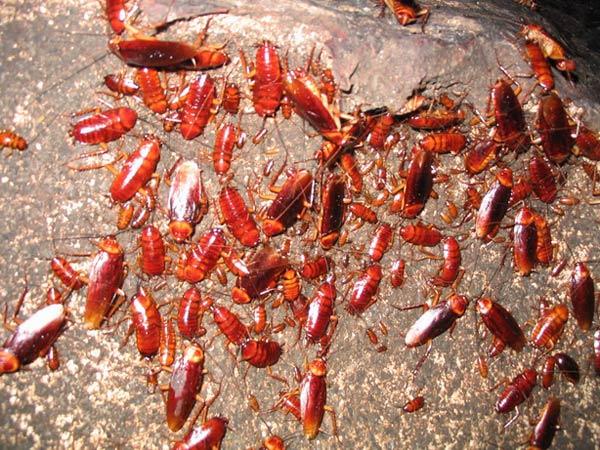
Cockroaches crawling the walls of Gomantong Cave in Malaysia.
Living up to their reputation for surviving just about anywhere, cockroaches crowd the caves in Southeast Asia. The roaches thrive with plenty of bat guano around to feed on. In turn, the roaches are preyed upon by many of their fellow cave-dwellers.
Price says she's not bothered by the many-legged critters, even when they crawl on her. "I just brush them off and carry on," she said.
Cave Large Centipede

A very large centipede hangs out on a cave wall. These impressive insects can feed on the swarms of cockroaches that fill the caves. But even a creature this fierce-looking isn't safe from predators.
Cave Spider Centipede
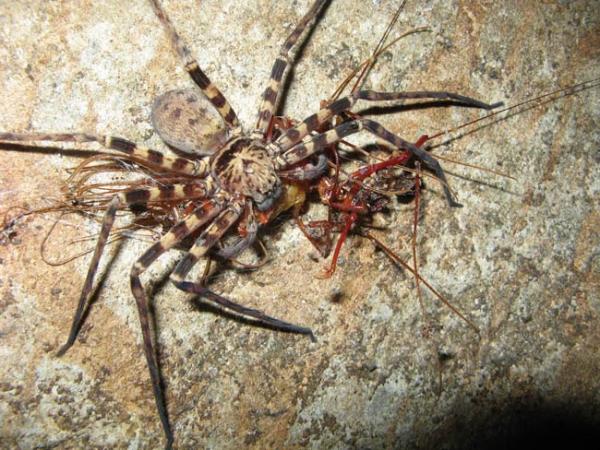
Dinner. A huge cave spider feasts on a centipede. It's an insect-eat-insect world in the caves, where the hunter can become the hunted.
Cave Bats
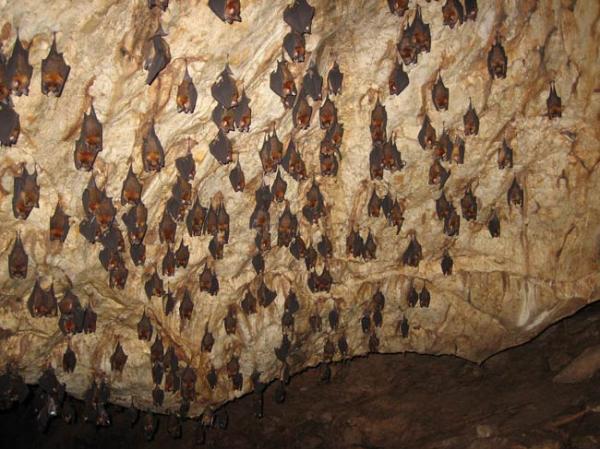
Sleepytime. Hundreds of bats hang from the ceiling of a cave. These furry, flying mammals are fairly high up on the food chain inside the caves.
Cave Bats Flying
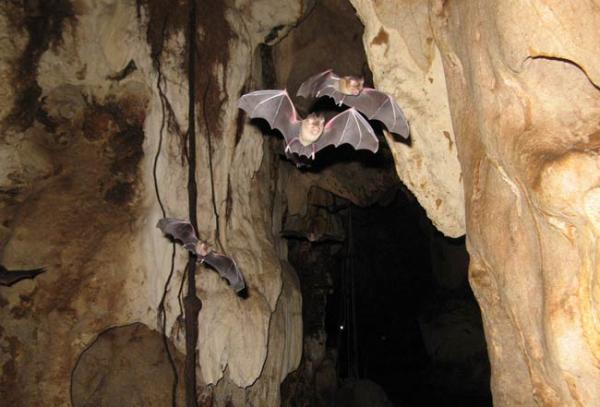
Flying in the dark. For bats, not a problem. The tiny mammals use a kind of sonar to help them navigate, sending out high-frequency sounds that bounce off their surroundings, and help the bats avoid any impediments to their flight path.
Although bats are high up the food chain in caves, they, too, fall victim to hungry neighbors. They provide a tasty treat to creatures — big and small — that manage to get hold of them.
Cave Snake Eat Bat
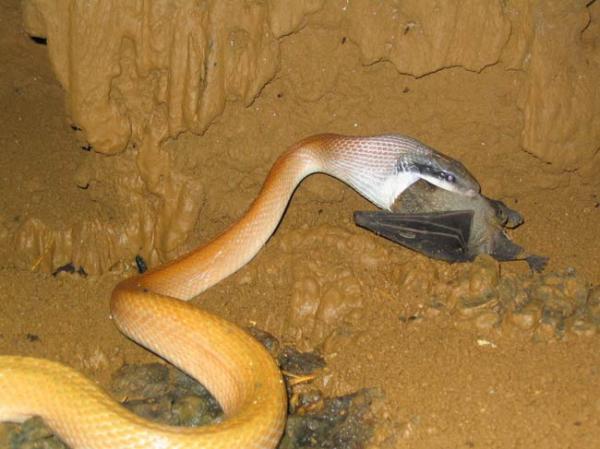
A cave racer, a kind of snake, secures a meal. Price said the racer, found in many tropical caves, is one of her favorite cave dwellers.
"It's non-venomous, and a very placid snake. Only on two occasions have I seen an angry cave racer, and I am sure there was a reason for that — maybe it was guarding eggs or young, or it was simply hungry!"
The snakes are constrictors and swallow their prey whole.
Get the world’s most fascinating discoveries delivered straight to your inbox.
Cave Roaches Bat
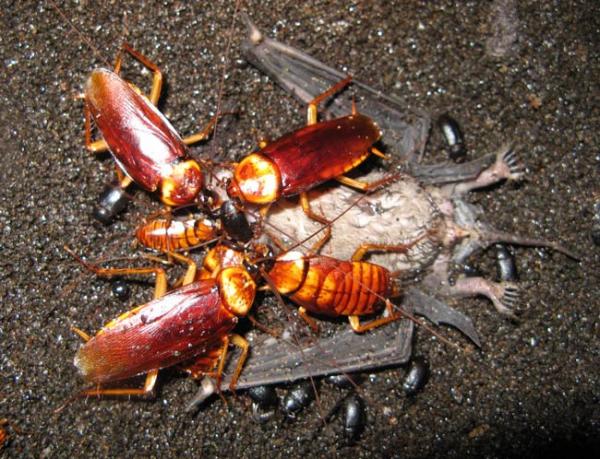
The circle of life. Cockroaches can make a meal out of almost anything, including any unlucky bats that fall to the cave floor. These roaches are feeding on a dead bat in Gomantong Cave in Malaysia.


